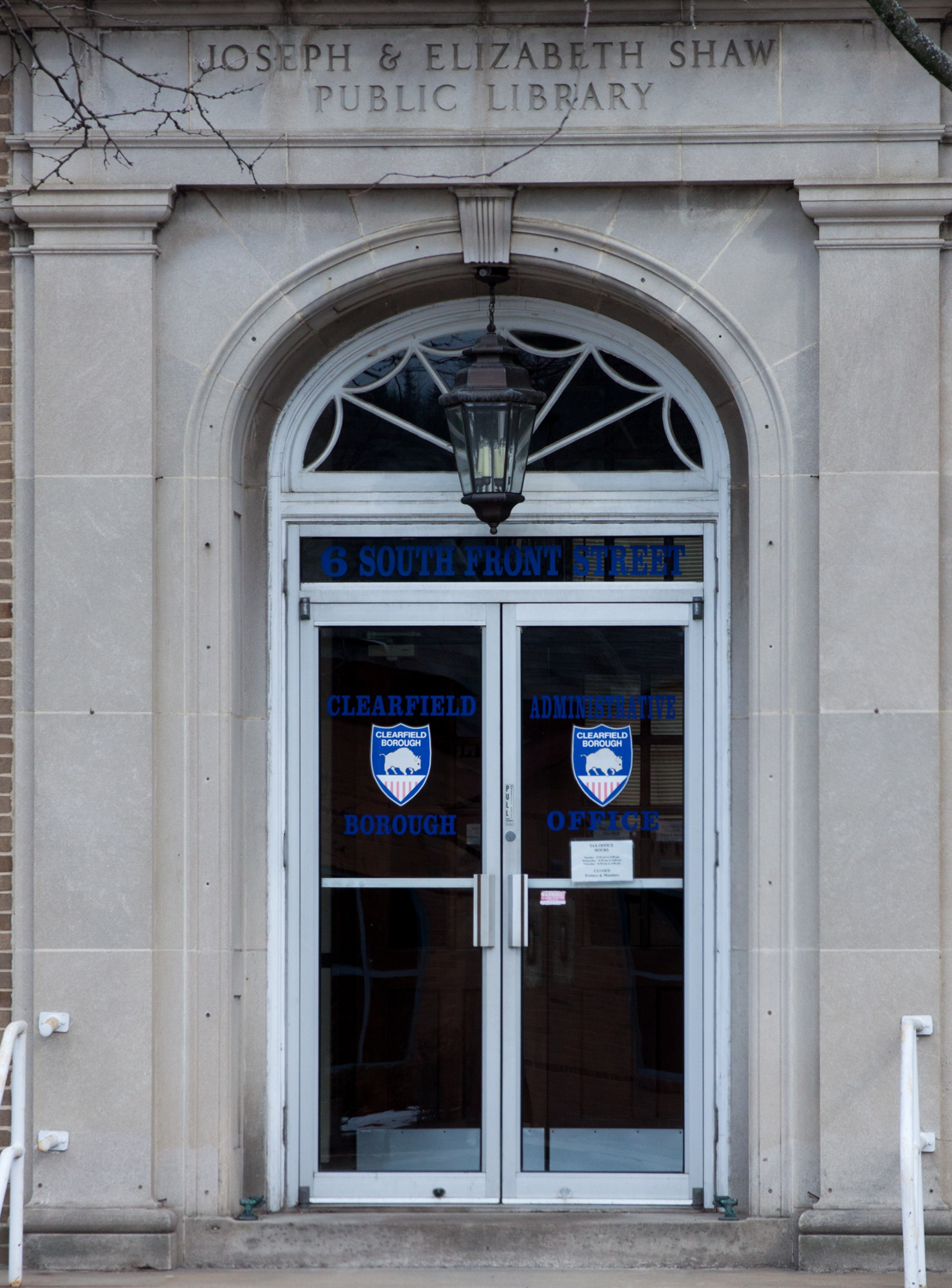CLEARFIELD – The concept of home rule was discussed during yesterday’s meeting of the Clearfield Borough and Lawrence Township Consolidation Committee.
Members of the Pennsylvania Economy League presented information on what home rule means in light of some law changes that took place about five years ago and gave members of the committee, press and public copies of a PowerPoint presentation that explains the concept.
Simply put, home rule means “make the rules at home.” It transfers the authority to act in municipal affairs from state law to a local charter, which has been drafted locally and adopted by the municipal voters concerned, in this case, the voters of Clearfield and Lawrence Township. The most recent example of a municipality adopting home rule is in Altoona, which was adopted in 2014.
Some of the principles include shifting responsibility of governance to the local citizens, allowing them to decide what they want (self-determination), allowing for flexibility in defining structure, powers and functions of the new municipality and creating government that meets the specific needs of the municipality. It is not cookie-cutter as each municipality that adopts home rule can choose how things will work.
In the case of Clearfield and Lawrence Township, they would consolidate and create a new municipality but would not be considered a third-class city, which would ultimately save the new municipality money.
There are various reasons a municipality would choose home rule, including instituting checks and balances, flexibility, increasing citizen participation and writing their own administrative code.
However, municipalities are also limited by the U.S. and Pennsylvania constitutions, uniform state laws including those under the Home Rule Act or those uniform and applicable throughout the commonwealth and also by the charter itself, once adopted.
Some of the restrictions include, but are not limited to, arbitration, ethics laws, the Sunshine and Open Records laws, recycling acts, vehicle code, zoning, veterans preference, clean streams and so on.
To enact a consolidation and home rule, a joint committee is formed of officials and residents of the two, separate municipalities who have special insight into the operations of their communities.
The committee will draft a proposed home rule charter and then each municipality governing board votes. If one votes no, then the process stops. If both vote yes, then the matter moves to a referendum for the voters of both municipalities. If either group of voters chooses no, then the process also stops. The joint committee is aiming to have the referendum on November’s ballot.
Some of the basic components include structure of the governing body, including the type of governing council, size, terms, budgetary procedures and representation.
PEL presented the committee with different examples of home rule charters and members of the committee especially liked the examples of St. Marys and Carlisle. Some of the items specifically mentioned were term limits, restricting a deficit budget and simplicity of language and so the first draft will include a combination of the two that the committee will review.
In other matters, the committee learned that most of the sub-committees have met and will be prepared to present final reports in February. A report from Stiffler and McGraw engineers was also discussed regarding the sewerage systems and stormwater systems.
The report noted that the rates in sanitary service are very close and the major differences are in area with updates on lines and laterals. With stormwater, the data is difficult to obtain since the lines in the borough are not well mapped, which is common in the state. The township mostly uses roadside swales and ditches except for areas near the borough, such as Hyde City.
In regards to bridges, the borough does not own any of the bridges in town and the township owns five. One will be updated over Moose Creek on Flegal Road thanks to a recently obtained grant.
Also, there are no major conflicts in zoning.
The final item discussed was meeting times. Co-chairman Bill Lawhead said the committee needs more evening meetings to encourage more public participation.
Therefore, the next meeting, Feb. 23, will be held from 6 p.m. – 8 p.m. at the borough building and the March 22 meeting will also be from 6 p.m. -8 p.m. at the borough building. There is a possibility of an additional meeting being scheduled in March, but that will be announced at a later date.



